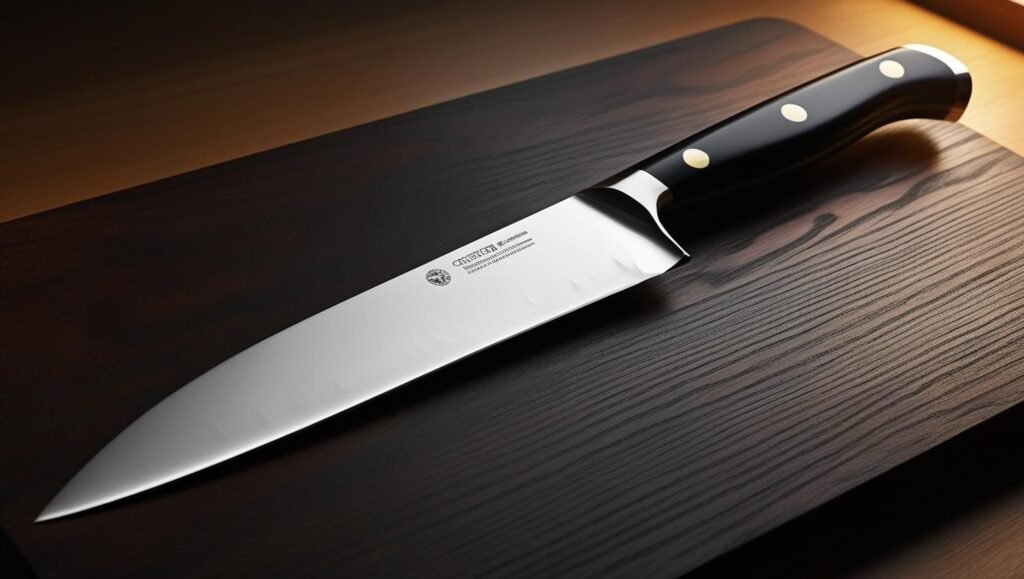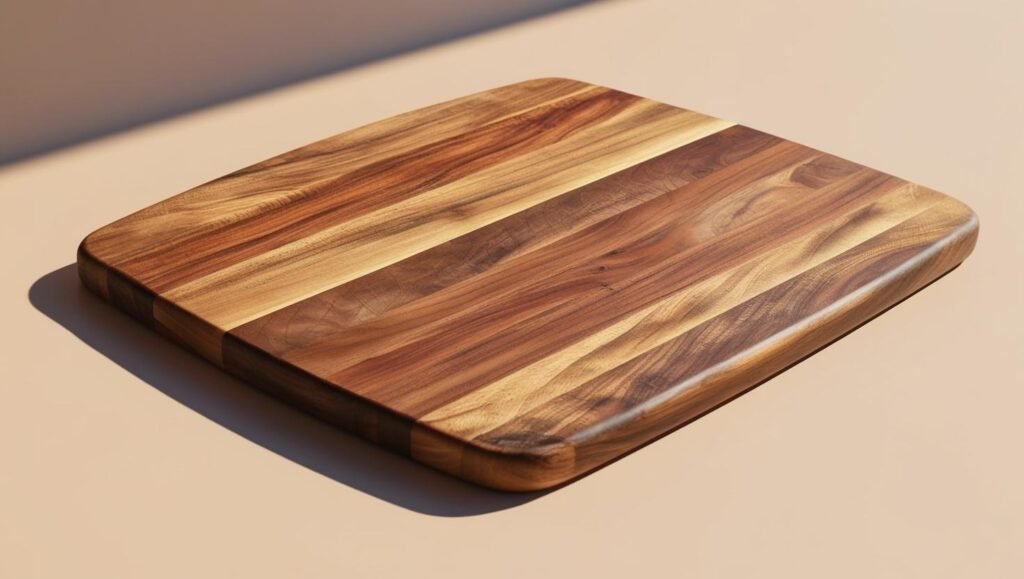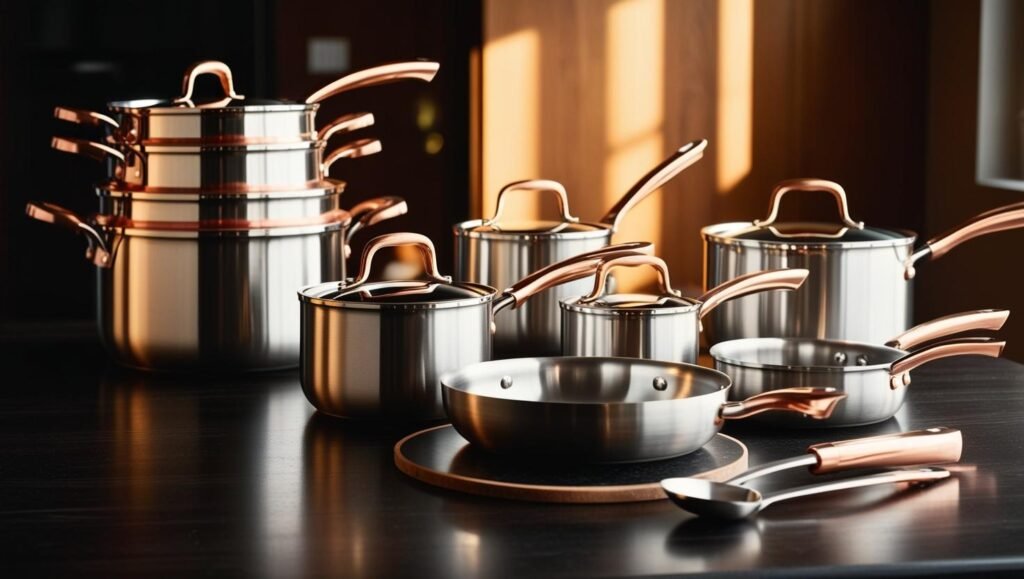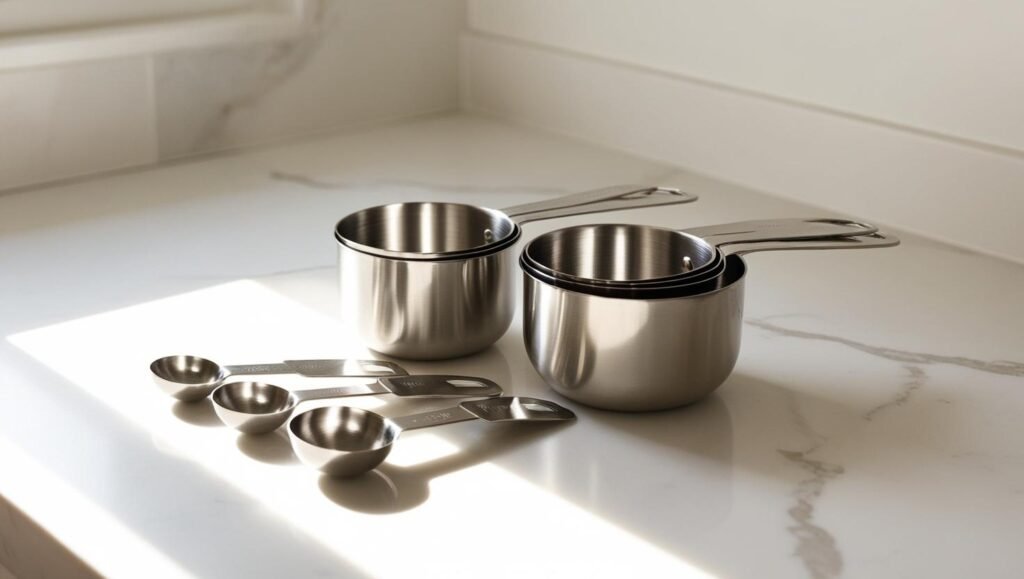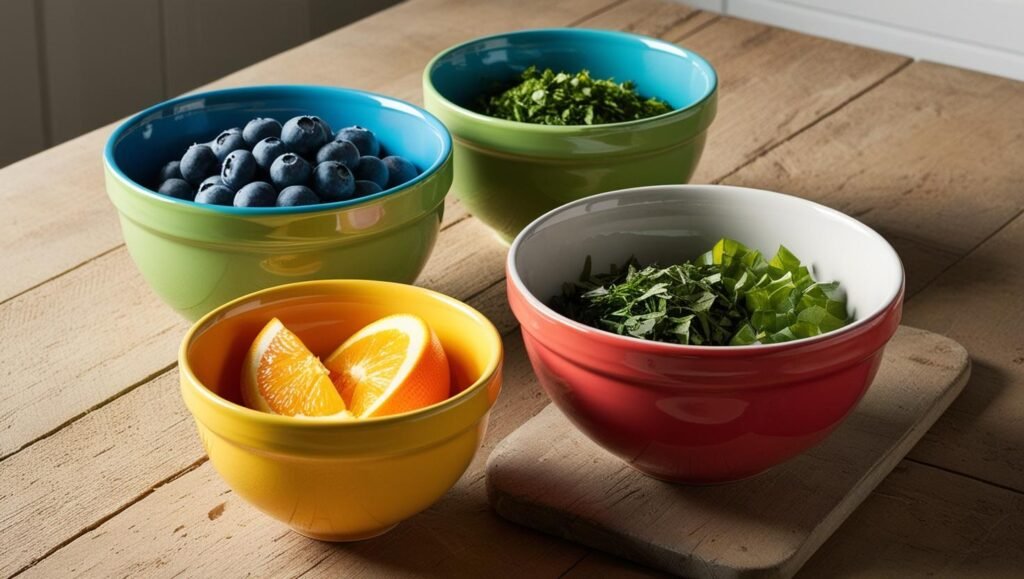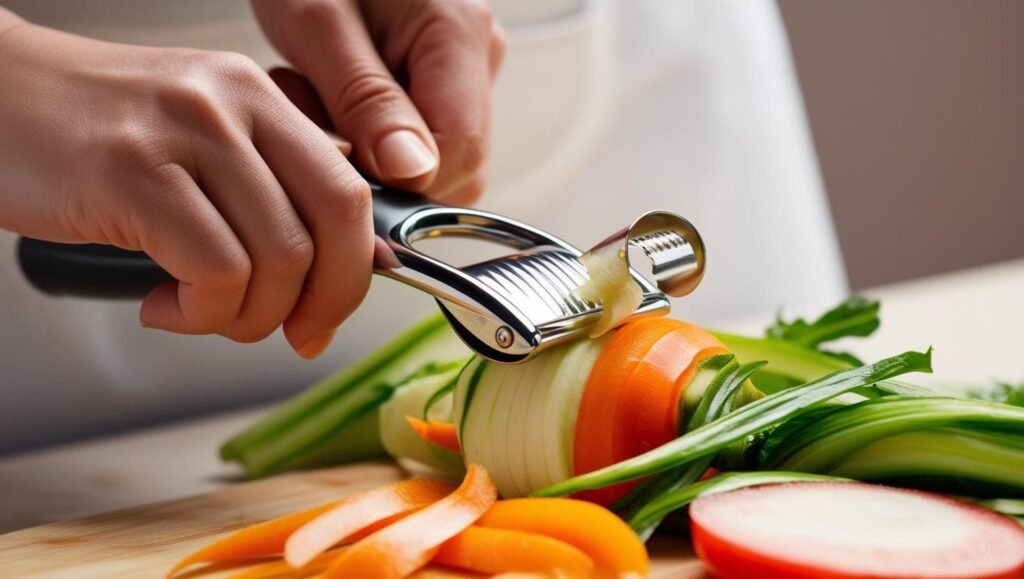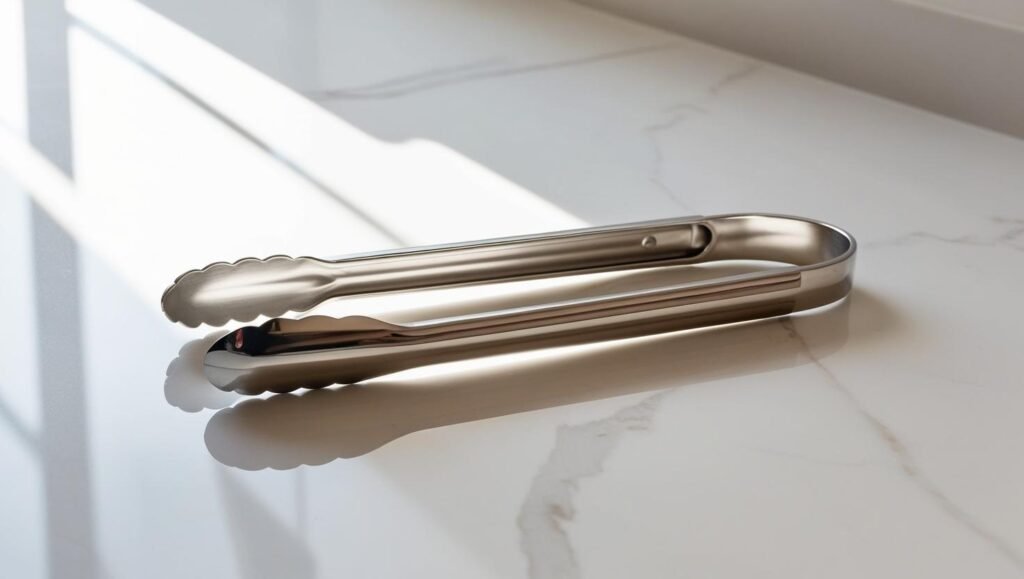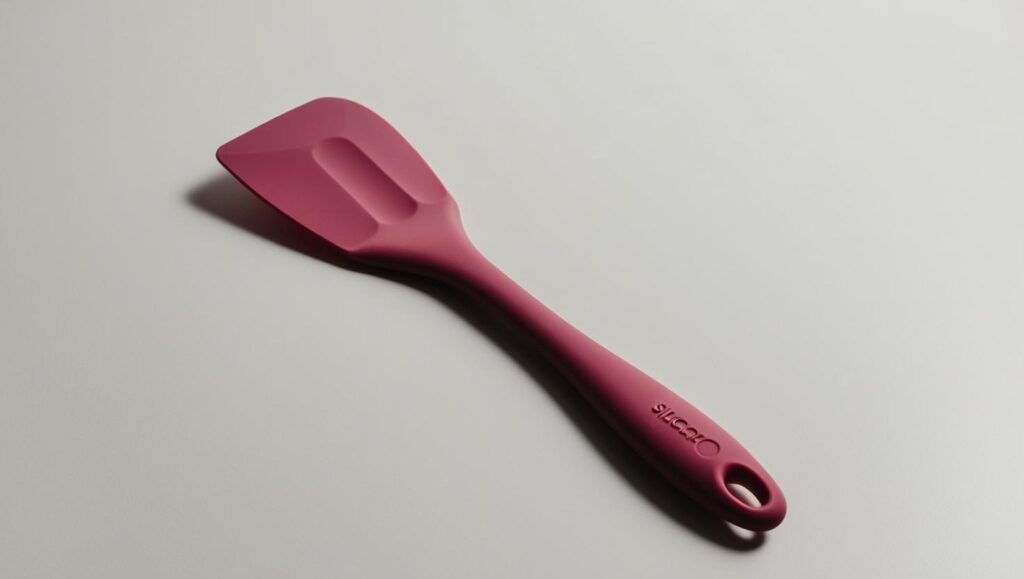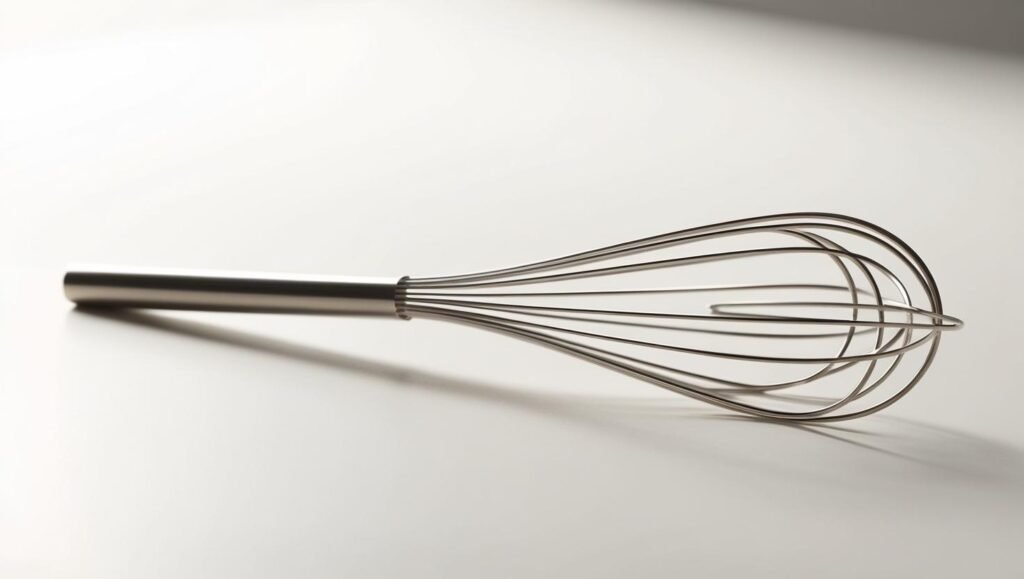The Importance of Having Quality Kitchen Tools
Investing in high-quality kitchen tools is essential for both novice and experienced cooks alike. These tools serve as the foundation of an effective cooking environment, shaping the experience by enhancing efficiency and meal outcomes. Quality utensils, such as knives, pots, and pans, allow for greater precision in food preparation, ultimately leading to more consistent and enjoyable dishes. For instance, a sharp knife reduces meal preparation time and improves the overall safety, while a well-constructed saucepan ensures even heat distribution, preventing burnt or unevenly cooked food.
The significance of quality tools extends beyond efficiency; they also enrich the cooking experience itself. Cooks who utilize reliable kitchen gear often report increased satisfaction and confidence in their culinary skills. When familiar tools respond consistently, they enable home cooks to experiment with new techniques and recipes. This fosters an environment where creativity can thrive, subsequently inspiring more individuals to engage in home cooking. People are more likely to develop a habit of preparing meals from scratch when they possess tools that function well and feel good to use.
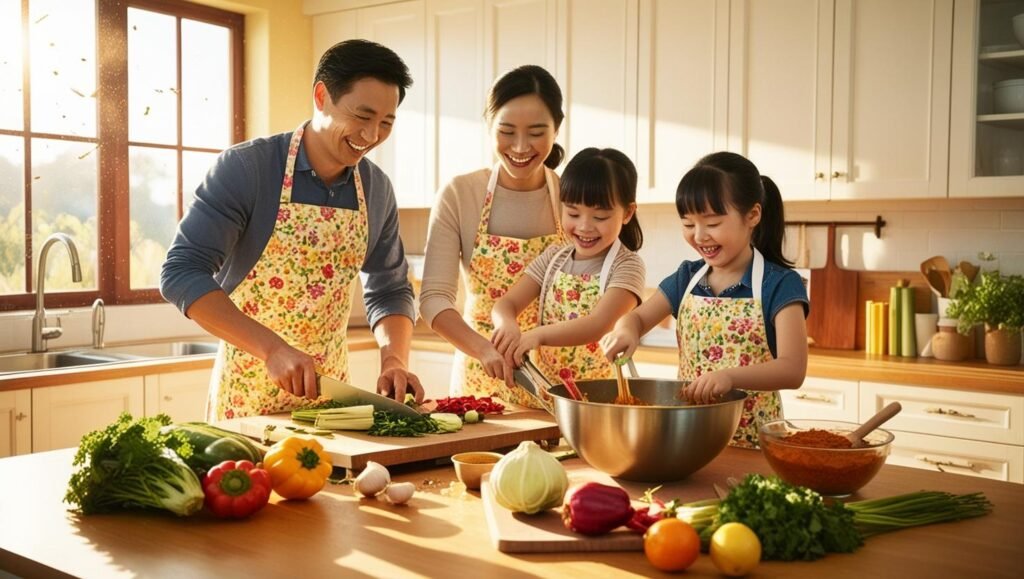
Moreover, quality kitchen tools can lead to better meal outcomes, contributing positively to one’s health and overall eating habits. When home cooks can prepare meals efficiently and effectively, they are more inclined to choose cooking over unhealthy takeout options. Furthermore, high-quality utensils are often designed to last longer and withstand the rigors of daily use, translating to a more sustainable approach to cooking. Ultimately, investing in superior kitchen tools not only enhances the cooking process but also has a lasting impact on one’s culinary journey, making it a worthy consideration for every home cook.
Must-Have Kitchen Tools for Every Cook
Creating a well-equipped kitchen is crucial for any home cook aiming to excel in meal preparation. The following list details essential kitchen tools categorized by their function, ensuring efficiency and convenience when cooking.
1. Chef’s Knife: The cornerstone of any kitchen, a high-quality chef’s knife is essential for chopping, slicing, and dicing a variety of ingredients. A blade length of 8 to 10 inches is often recommended, as it offers versatility while allowing for comfortable handling.
A chef’s knife is arguably the most vital tool in any kitchen, serving as the backbone for countless culinary tasks. Whether you’re preparing vegetables, meats, or herbs, this multipurpose knife handles chopping, slicing, dicing, and even mincing with ease. Its versatility makes it a go-to choice for both amateur cooks and professional chefs alike. A standard chef’s knife typically has a blade length ranging from 8 to 10 inches, striking the perfect balance between control and cutting power. This length allows for precision in delicate tasks while still providing enough blade surface for larger cuts.
When choosing a high-quality chef’s knife, factors such as weight, balance, and material are crucial. A well-balanced knife with a full tang (a blade that extends through the handle) offers stability and durability. High-carbon stainless steel is often preferred for its ability to maintain a sharp edge and resist corrosion. The handle should also feel comfortable and secure in your hand, reducing fatigue during extended use.
Investing in a good chef’s knife enhances your efficiency in the kitchen and can significantly improve your cooking experience. With proper care and regular sharpening, a quality chef’s knife can last for decades, becoming an indispensable part of your kitchen arsenal.
2. Cutting Board: Coupled with a chef’s knife, a sturdy cutting board is necessary to provide a safe surface for food preparation. Options include wood, plastic, or bamboo; each material has its benefits, but wood is favored for its durability and aesthetic appeal.
A cutting board is an essential companion to the chef’s knife, providing a stable and safe surface for all types of food preparation. From slicing vegetables and fruits to trimming meats or mincing herbs, a cutting board protects your countertops and helps maintain the sharpness of your knife. Available in a variety of materials—wood, plastic, and bamboo—each offers unique benefits tailored to different cooking needs.
Wooden cutting boards are widely favored by chefs and home cooks alike for their durability, natural beauty, and gentle impact on knife edges. End-grain wood boards, in particular, are known for their ability to “heal” from cuts, making them long-lasting and ideal for heavy-duty use. Plastic cutting boards, on the other hand, are lightweight, dishwasher-safe, and affordable—making them convenient for quick tasks or use with raw meats, since they’re easier to sanitize. Bamboo boards offer a sustainable option with a hard surface, though they can be tougher on knives over time.
No matter the material, having a dedicated and sturdy cutting board enhances kitchen safety and efficiency. It helps prevent cross-contamination when used correctly and encourages proper knife technique. Choosing the right cutting board is a small but impactful decision that supports better food preparation every day.
3. Cookware Set: A comprehensive cookware set typically includes pots and pans made from materials such as stainless steel, non-stick, or cast iron. Each type offers distinct heat retention and cooking properties, which can enhance overall cooking quality.
A cookware set is a foundational component of any well-equipped kitchen, offering the tools needed to prepare a wide range of meals efficiently and effectively. A comprehensive set typically includes a combination of saucepans, frying pans, stockpots, and sauté pans, each designed for specific cooking tasks such as boiling, frying, simmering, or braising. These sets are available in a variety of materials—most commonly stainless steel, non-stick, and cast iron—each bringing unique advantages to the cooking experience.
Stainless steel cookware is prized for its durability, resistance to corrosion, and even heat distribution, making it ideal for searing and deglazing. Non-stick pans, on the other hand, are excellent for cooking delicate foods like eggs or pancakes with minimal oil and easy cleanup. Cast iron, known for superior heat retention and even cooking, is perfect for slow-cooked dishes and can go from stovetop to oven with ease.
Choosing the right cookware set depends on your cooking style and preferences. Many home cooks opt for a mixed set to take advantage of the benefits each material offers. With proper care—like seasoning cast iron or avoiding metal utensils on non-stick surfaces—a high-quality cookware set can elevate your culinary skills and last for many years.
4. Measuring Cups and Spoons: Accurate measurements are vital for successful cooking. A set of measuring cups in various sizes, along with measuring spoons, will ensure precision in ingredient quantities, particularly in baking.
Measuring cups and spoons are indispensable tools in any kitchen, playing a crucial role in ensuring accuracy and consistency in recipes. Whether you’re baking a cake, mixing a marinade, or preparing a complex sauce, precise measurements can make the difference between success and disappointment. A complete set typically includes measuring cups for dry ingredients—ranging from ¼ cup to 1 cup—and measuring spoons that measure from ¼ teaspoon to 1 tablespoon. These tools help ensure you’re using the correct proportions of ingredients, which is especially important in baking, where even slight variations can affect texture, rise, and flavor.
Measuring tools come in a variety of materials, such as plastic, stainless steel, or silicone. Stainless steel is particularly favored for its durability and resistance to staining or absorbing odors. Clear liquid measuring cups, often made of glass or plastic, usually include easy-to-read markings and spouts for pouring, making them ideal for measuring ingredients like water, milk, or oil.
Having a reliable set of measuring cups and spoons not only supports accurate cooking but also improves efficiency by eliminating guesswork. For home cooks and professionals alike, these tools are fundamental to achieving consistent, high-quality results in the kitchen.
5. Mixing Bowls: Mixing bowls in varying sizes are indispensable for combining ingredients, marinating meats, or serving. Look for nesting sets that save space while providing versatility.
Mixing bowls are a kitchen essential, valued for their versatility in both preparation and presentation. From whisking eggs and mixing batters to marinating meats and serving salads, these bowls play a role in nearly every step of cooking. A quality set of mixing bowls in various sizes ensures you have the right vessel for each task, whether it’s combining dry ingredients or letting dough rise. Nesting bowl sets are particularly useful, as they stack neatly inside one another, saving valuable cabinet space while still offering a range of capacities.
Mixing bowls come in several materials, including stainless steel, glass, plastic, and ceramic. Stainless steel bowls are lightweight, durable, and resistant to stains and odors, making them ideal for everyday use. Glass bowls offer the benefit of being microwave-safe and allowing visibility of contents, while plastic options are lightweight and often come with lids for convenient storage. Ceramic bowls, though heavier, add an aesthetic appeal and are great for serving as well.
A good set of mixing bowls enhances kitchen efficiency and helps maintain organization during meal prep. With their multipurpose use and space-saving design, they are a smart investment for any cook—from beginners to seasoned chefs.
6. Peeler: A simple yet effective tool, a vegetable peeler helps remove skins from fruits and vegetables efficiently, ensuring minimal waste.
A vegetable peeler is a small but essential tool in any kitchen, designed to remove the outer skin of fruits and vegetables quickly and efficiently. While it may seem basic, a high-quality peeler can greatly enhance your prep work, saving time and reducing food waste. Unlike using a knife, which can remove excess flesh along with the skin, a peeler ensures a thin, even peel that preserves more of the edible portion of the produce.
There are several types of peelers to choose from, including straight, Y-shaped, and serrated versions, each suited for different types of produce. Straight peelers are great for standard tasks like peeling potatoes or carrots, while Y-shaped peelers offer ergonomic handling and better control. Serrated peelers are especially effective on soft-skinned fruits like tomatoes or peaches, gripping the skin without damaging the delicate flesh beneath.
Most peelers feature stainless steel blades for durability and resistance to rust, and many models include ergonomic, non-slip handles for added comfort and safety. Some even come with built-in blemish removers to easily dig out imperfections. Compact and inexpensive, a peeler is a practical tool that streamlines prep work and ensures consistency—making it a must-have for any cook’s toolkit.
7. Kitchen Tongs: Useful for flipping, turning, or serving, kitchen tongs allow cooks to handle hot foods safely while promoting better control during cooking.
Kitchen tongs are an indispensable tool for both everyday cooking and serving, offering safety, control, and versatility in a compact design. Whether you’re flipping meat on the grill, turning vegetables in a hot pan, or serving pasta from a pot, tongs allow you to handle hot foods with precision and without risking burns. They eliminate the need to use a fork or fingers for tasks that require a firm yet gentle grip, making them an essential extension of your hands in the kitchen.
Tongs come in various styles and materials, including stainless steel, silicone-tipped, and locking designs. Stainless steel tongs are durable and ideal for high-heat cooking, such as grilling or searing. Silicone-tipped versions are great for use with non-stick cookware, as they prevent scratching while offering heat resistance and flexibility. Locking tongs provide convenient storage, reducing clutter in drawers or utensil holders.
Many tongs also feature scalloped or rubberized tips for a better grip on slippery or delicate foods, like sautéed vegetables or grilled fish. With their multi-functional use and ability to promote safe, clean handling of food, kitchen tongs are a must-have in any kitchen setup, serving as a reliable tool from prep work to plating.
8. Silicone Spatula: Ideal for scraping bowls clean or gently folding ingredients, a silicone spatula is heat-resistant, making it an asset for any stove or oven use.
A silicone spatula is one of the most versatile and practical tools in any kitchen, prized for its flexibility, durability, and heat resistance. Perfect for scraping batter from mixing bowls, folding delicate ingredients into mixtures, or stirring sauces over heat, this tool combines efficiency with gentle handling. Unlike traditional rubber spatulas, silicone versions can withstand high temperatures—often up to 500°F—making them ideal for use on the stovetop or even in hot pans without melting or warping.
One of the key benefits of a silicone spatula is its ability to conform to the shape of bowls and pans, ensuring no food goes to waste. This makes it especially useful in baking, where clean scraping and gentle mixing are essential for optimal results. Its soft, yet sturdy construction also makes it safe for use on non-stick cookware, preventing scratches and extending the life of your pots and pans.
Many silicone spatulas are designed as one-piece tools, reducing the risk of food buildup between the head and handle and making them easier to clean—often dishwasher safe. Whether you’re preparing a sauce, folding whipped cream, or scraping the last bit of batter, a high-quality silicone spatula is a dependable and multipurpose kitchen essential.
9. Whisk: A whisk is essential for mixing batter, creams, or sauces, providing airflow for better emulsification in food preparation.
A whisk is a fundamental kitchen tool, essential for a wide range of mixing tasks from blending batters and whipping creams to emulsifying dressings and sauces. Its unique design—typically a handle attached to a series of looped wires—allows for efficient mixing while incorporating air into ingredients. This added airflow helps achieve light, fluffy textures in whipped cream or beaten eggs and ensures smooth, lump-free batters and sauces.
There are several types of whisks, each suited to specific culinary needs. Balloon whisks, with their wide, rounded shape, are ideal for whipping air into mixtures like meringues or cream. Flat or roux whisks work well for mixing sauces in shallow pans, while French whisks, which are slightly narrower, offer greater control and are suited for general-purpose whisking.
Whisks are commonly made from stainless steel for durability and resistance to rust, though many also feature silicone-coated wires for use with non-stick cookware to avoid scratching. A comfortable, non-slip handle adds to ease of use, especially during prolonged whisking tasks.
Whether you’re making pancake batter or a velvety hollandaise, a good whisk improves texture, consistency, and efficiency in the kitchen—making it an indispensable tool for both novice and experienced cooks.
These essential kitchen tools serve as the foundation for successful cooking, each facilitating a specific aspect of meal preparation. Investing in these tools will ensure that your kitchen remains functional and equipped for diverse culinary adventures.
How to Choose the Right Kitchen Tools
Selecting the appropriate kitchen tools is crucial for any home cook, as it can significantly enhance cooking efficiency and the overall experience. To begin with, it is essential to consider your specific cooking style. Are you an amateur chef experimenting with various recipes, or do you lean towards specific cuisines? Understanding your culinary preferences will help guide your tool selection. For example, if baking is a frequent activity, quality baking pans and measuring cups will be indispensable.
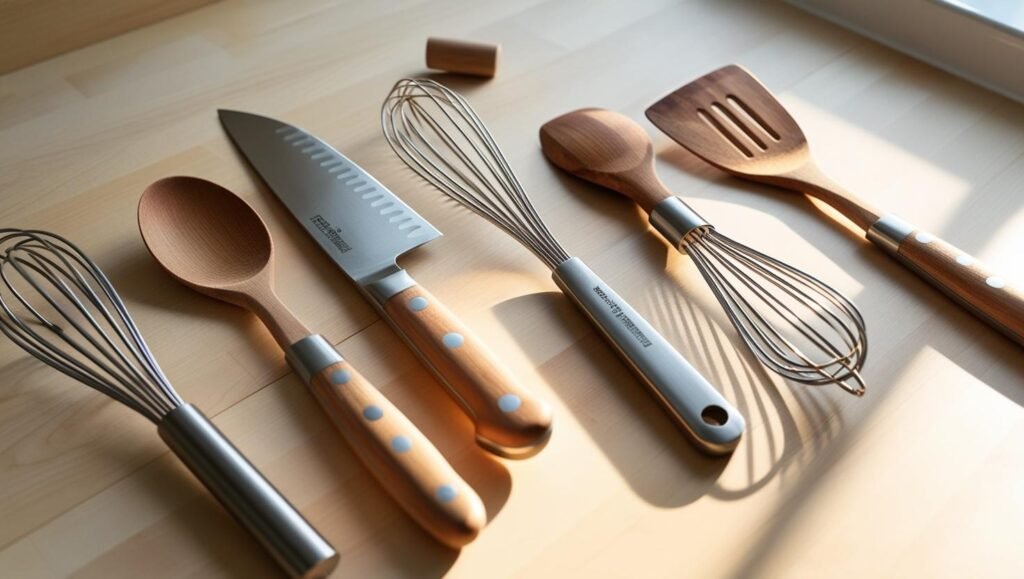
Next, assessing your budget is important. Kitchen tools come in a wide range of prices, from economical options to high-end professional-grade items. It is advisable to identify which tools are critical for your culinary endeavors and allocate funds accordingly. While it might be tempting to purchase the latest gadgets, prioritizing essential tools that ensure durability and efficiency should take precedence. Investing in a few high-quality utensils instead of numerous low-quality ones can save money in the long run.
When purchasing kitchen tools, consider their materials, as this can impact durability and effectiveness. Stainless steel, for instance, is known for its resilience, while silicone tools offer flexibility without damaging cookware surfaces. The ergonomics of the tools also play a vital role. Ensure that handles are comfortable and well-designed, as this helps to prevent strain during prolonged cooking sessions.
Furthermore, avoiding common pitfalls, such as falling for trendy items that may not fit your cooking needs, is crucial. Instead, focus on quality over quantity. A well-curated toolkit tailored to your personal cooking habits will provide both functionality and satisfaction in the kitchen, making meal preparation a smoother and more enjoyable process. In summary, consider your cooking style, budget, material quality, and ergonomics when choosing kitchen tools to create a valuable and efficient cooking experience.
Caring for and Maintaining Your Kitchen Tools
Maintaining kitchen tools is essential for any home cook aiming to achieve optimal performance and longevity from their equipment. Implementing a consistent care regimen can significantly enhance both the functionality and aesthetics of kitchen tools. One important aspect is the cleaning process. For most tools, particularly knives and cookware, immediate cleaning after use is advised. This prevents food residue from hardening, which can make cleaning more difficult over time. Use mild dish soap and warm water, avoiding abrasive materials that could scratch or damage surfaces. For wooden tools, such as cutting boards and utensils, it is crucial to hand-wash and dry them promptly to prevent warping and cracking.
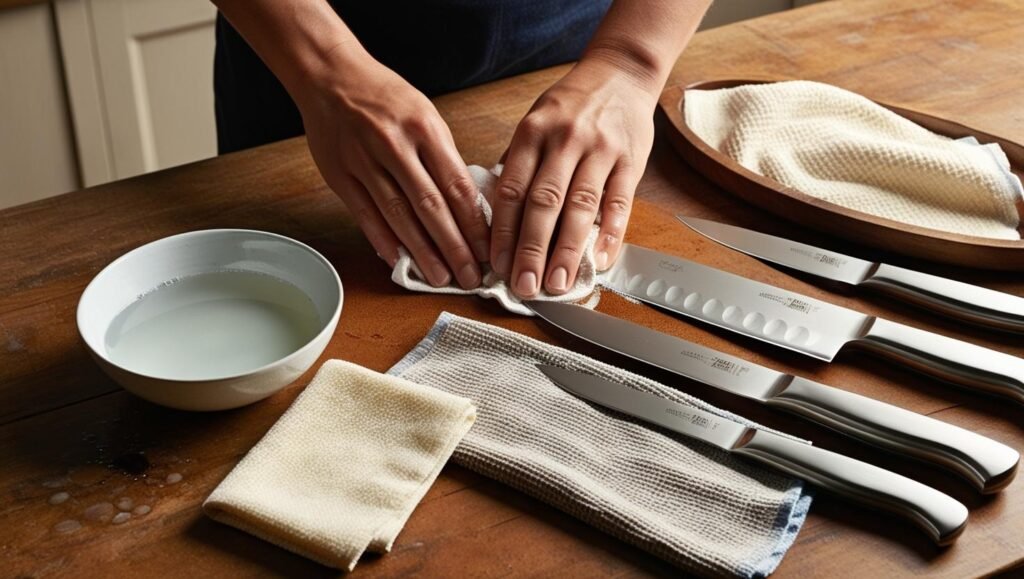
Storage plays a vital role in preserving kitchen tools. Properly storing knives in a designated knife block, magnetic strip, or sheaths prevents blades from dulling and reduces the risk of accidents. Likewise, stacking pots and pans with protective layers, like cloths or specially designed mats, can help avoid scratches and maintain their non-stick surfaces. It is also wise to keep frequently used tools within easy reach while ensuring that less-used items are organized and retained in good condition.
Another key element of maintenance is sharpening knives regularly. A sharp blade not only improves efficiency in the kitchen but also enhances safety by preventing slips. Invest in a quality whetstone or honing rod, and learn the proper techniques for sharpening to ensure optimal performance. Additionally, keep an eye out for signs that indicate a tool may need replacement, such as chips in cookware, rust on metallic items, or significant dullness in blades. Recognizing these signs early can prevent compromise in food preparation quality and aid in maintaining a seamless cooking experience, ultimately leading to a more enjoyable culinary process.


